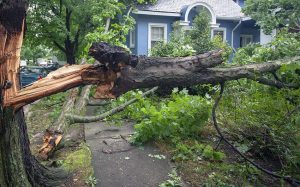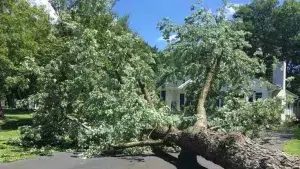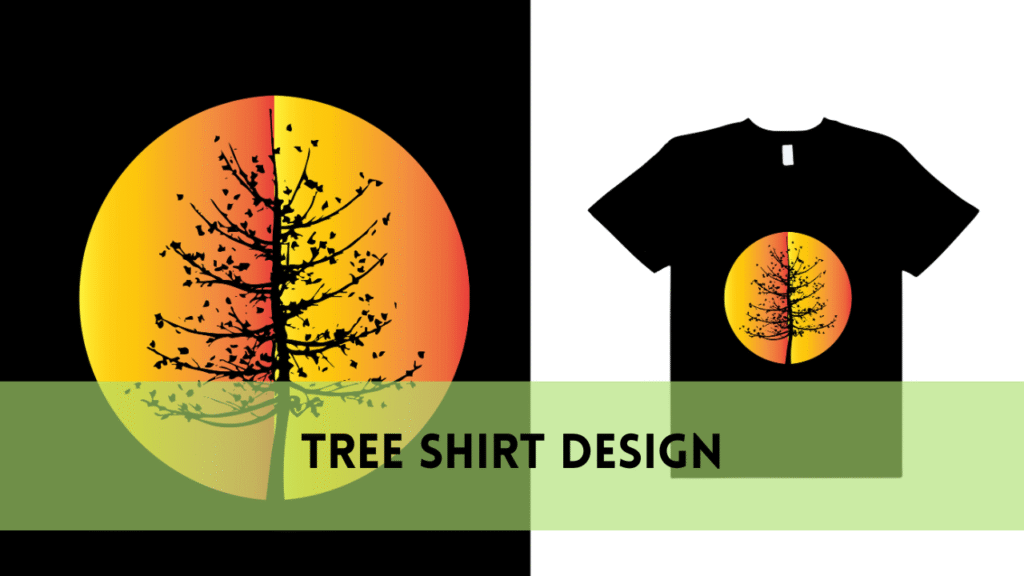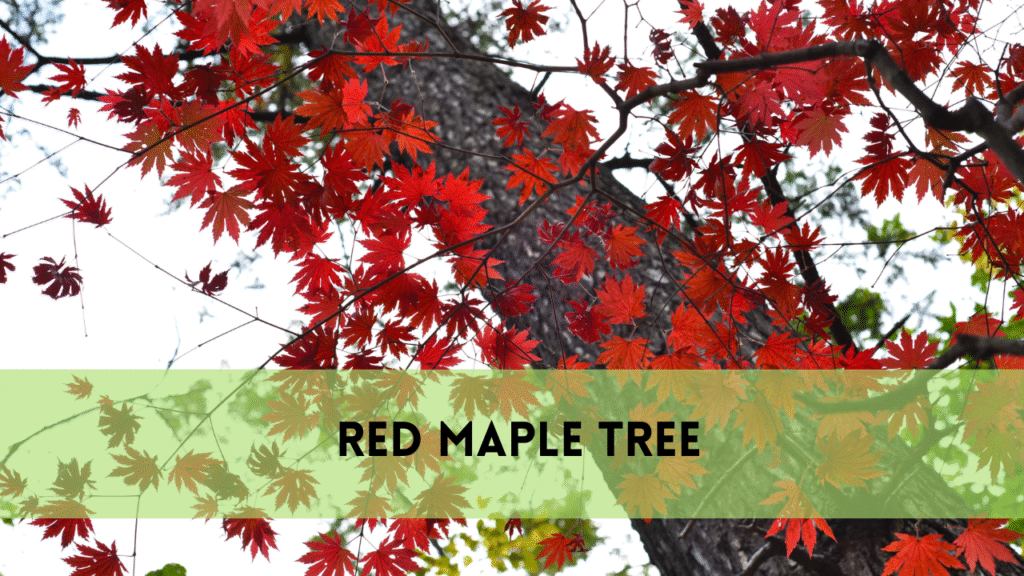Who is responsible for fallen tree removal?
Trees enrich our surrounds with their majesty, giving shade, beauty, and a sense of tranquilly amid nature’s beautiful tapestry. When a tree falls, a complicated collection of responsibilities and considerations arises. This book delves into the crucial question: who is responsible for removing fallen trees from your property? When delving into this subject, we seek the advice of arborists, the unsung heroes that protect our environments. In the intricate tapestry of nature, the majesty of trees graces our surroundings, providing shade, beauty, and a sense of tranquility. However, when a tree falls, a complex set of responsibilities and considerations emerge. This guide is an exploration into the pivotal question: who is responsible for fallen tree removal on your property? Delving into this topic, we enlist the expertise of arborists, the unsung heroes in safeguarding our landscapes.
who is responsible for fallen tree removal?
Understanding the Risks: Navigating the Dangers of Fallen Trees
When a tree succumbs to the forces of nature and falls, it brings with it a slew of potential hazards that require prompt treatment. The aftermath of a fallen tree is more than simply a disruption in the landscape; it poses immediate threats to property and safety.
First, the structural integrity of neighbouring buildings or structures may be jeopardized, posing a danger of severe damage or collapse. Fallen trees can also entangle electricity lines, posing a threat that could result in electrical fires or severe outages. Furthermore, the debris left by the falling tree might obstruct streets, endangering pedestrians and automobiles.

Understanding these dangers is critical for taking timely and effective action. In this section, we will look at the many dangers linked with fallen trees, emphasizing the importance of rapid assessment and the assistance of arborists to reduce potential injury.
Safety First: Arborists’ Crucial Role in Fallen Tree Removal
When a tree falls, safeguarding the protection of people and property becomes an immediate priority. Arborists, with their specific understanding, play an important part in dealing with the aftermath of a fallen tree. These skilled specialists have experience assessing the situation, detecting potential hazards, and implementing safety measures.
Arborists specialize in understanding tree architecture, assessing damage, and developing removal strategies. Their responsibilities go beyond simply removing trees; they also protect nearby structures, power lines, and the overall well-being of the site. In this section, we will unpack the invaluable contributions of arborists, providing light on why hiring their services is not just an option, but a necessary need when dealing with the aftermath of a fallen tree.
Property Owner’s Responsibility: Legal and Ethical Dimensions in Fallen Tree Removal
When confronted with a fallen tree, property owners hold a great deal of duty as land stewards. They bear full responsibility for the legal and ethical aspects of fallen tree removal. It is more than just an aesthetic concern; it is a responsibility to maintain safety requirements and protect the surrounding environment.
Legally, property owners are frequently held responsible for the maintenance and removal of trees on their property. Neglecting this responsibility may lead to legal consequences and liabilities. Ethically, the need to respond quickly to fallen trees stems from the need to ensure the safety of tenants and neighbours.
This section explains the complex web of legal and ethical responsibilities, directing property owners through the steps required to carry out their duties in the aftermath of a fallen tree. Understanding these responsibilities is essential for a smooth and responsible removal procedure.
Insurance Coverage: Navigating Key Considerations in Fallen Tree Removal
In the aftermath of a fallen tree, understanding the subtleties of insurance coverage is critical for property owners. This section breaks down the complex web of variables, ensuring a seamless process when obtaining financial aid for removal.
Insurance coverage for fallen tree removal varies depending on the reason of the tree’s fall and the severity of the following damages. In general, if a fallen tree causes damage to a covered structure on the property, insurance may cover the cost of removal. However, if the tree falls without causing any harm, the coverage may vary.
Navigating insurance claims requires a thorough awareness of policy terms, conditions, and exclusions. It is critical to speak quickly with the insurance company and provide thorough record of the incident. By diving into these essential aspects, property owners can make informed judgments about using insurance to cover the costs of fallen tree removal.
Navigating insurance claims requires a thorough awareness of policy terms, conditions, and exclusions. It is critical to speak quickly with the insurance company and provide thorough record of the incident. By diving into these essential aspects, property owners can make informed judgments about using insurance to cover the costs of fallen tree removal.
Local Regulations and Permits: Navigating Compliance in Fallen Tree Removal
Compliance with local legislation and securing relevant permits are important parts of fallen tree removal that are frequently disregarded. Municipalities have strict criteria for tree removal in order to maintain environmental balance and community safety.
Before beginning the removal procedure, property owners should familiarize themselves with local legislation. Some jurisdictions require licenses to remove trees over a certain size or inside designated zones. Failure to follow these regulations may result in fines or legal action.
This section emphasizes the significance of studying local regulations and obtaining permits before beginning any fallen tree removal. By overcoming these regulatory hurdles, property owners not only avoid legal issues but also help to preserve the community’s green spaces. Arborists, who are familiar with local restrictions, play an important role in guiding property owners through this often complicated terrain.
Environmental Impact: Arborists’ Insights on Responsible Fallen Tree Removal
Beyond the immediate concerns about safety and aesthetics, the environmental impact of fallen tree clearance is critical. As caretakers of nature, arborists offer insights on procedures that strike a balance between the need for removal and ecological responsibility.
Arborists advocate for environmentally responsible practices, such as recycling wood debris or repurposing it as mulch. Throughout the removal process, they focus the protection of adjacent vegetation and ecosystems. Property owners can help achieve the larger goal of sustainable land management by incorporating eco-friendly activities.
This section delves into the several environmental considerations that come with removing a fallen tree. Understanding the influence on local ecosystems, as well as implementing harm-minimizing measures, enables a responsible approach to tree removal. Arborists’ competence not only ensures a safe removal process, but also promotes a delicate balance between human demands and environmental preservation.
Related Posts:
Emergency Situations: Taking Immediate Steps in Fallen Tree Removal
When confronted with a fallen tree, certain scenarios necessitate immediate action to avoid further injury. Arborists emphasize the need of taking fast action to ensure safety and prevent damage.
Prioritize human safety by protecting the affected area and keeping everyone at a safe distance. If a fallen tree poses an urgent hazard to life or property, call emergency services. Arborists recommend taking photographs to document the incident for insurance purposes.
It is critical to contact expert arborists as soon as possible to conduct a full examination of the situation. Their skill allows them to evaluate potential hazards, analyze structural damage, and develop a safe removal strategy. This section walks property owners through the key procedures to take during emergency circumstances, emphasizing the need to make rapid and educated decisions.
FAQS
Can I remove a fallen tree on my own?
While DIY removal is an option for minor trees, professional arborists should be consulted for larger or hazardous circumstances to ensure safety and proper handling.
Is insurance coverage available for fallen tree removal?
Insurance coverage may be available if the falling tree causes damage to a covered structure. It’s critical to comprehend policy terms, conditions, and exclusions.
Are there any municipal rules or restrictions regarding the removal of fallen trees?
Yes, many cities have guidelines. Permits may be necessary in some cases, stressing the importance of understanding local regulations.
Why should I hire an arborist to remove a fallen tree?
Arborists have the knowledge and expertise to analyze dangers, assure safety, and successfully carry out removal plans, all of which contribute to a smooth and responsible removal procedure.
How quickly should I remove a fallen tree from my property?
Quick removal is critical to avoiding safety issues, additional damage, and problems. Immediate action ensures a faster healing time.
Conclusion
In navigating the complications of fallen tree removal, it is the property owner’s responsibility to provide a timely and safe conclusion. This trip includes legal, ethical, and environmental aspects, highlighting the importance of making educated decisions. Arborists, such as those at Houston Heights Tree Service, prove to be useful collaborators, bringing experience in risk assessment, removal planning, and environmental responsibility.





